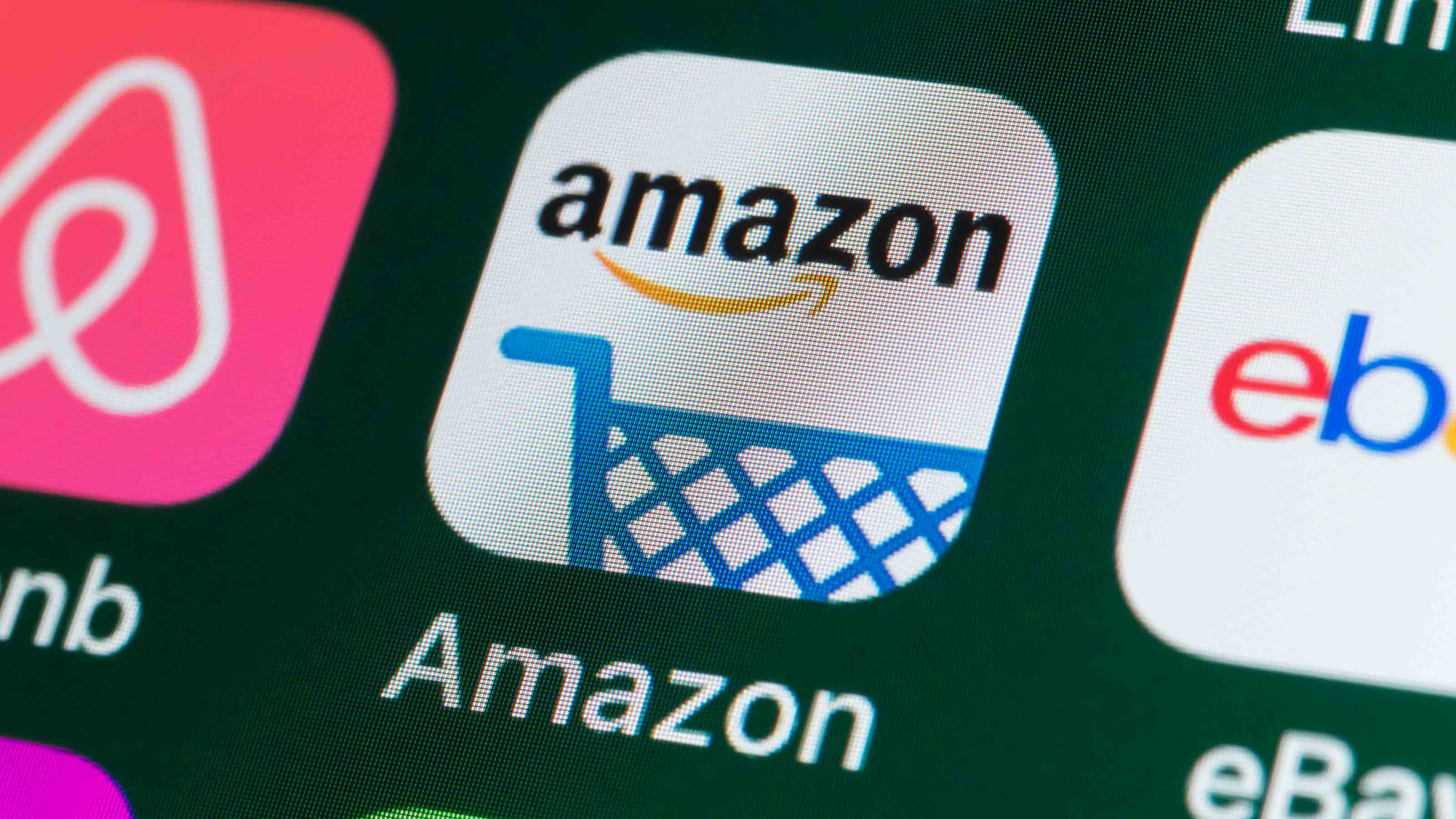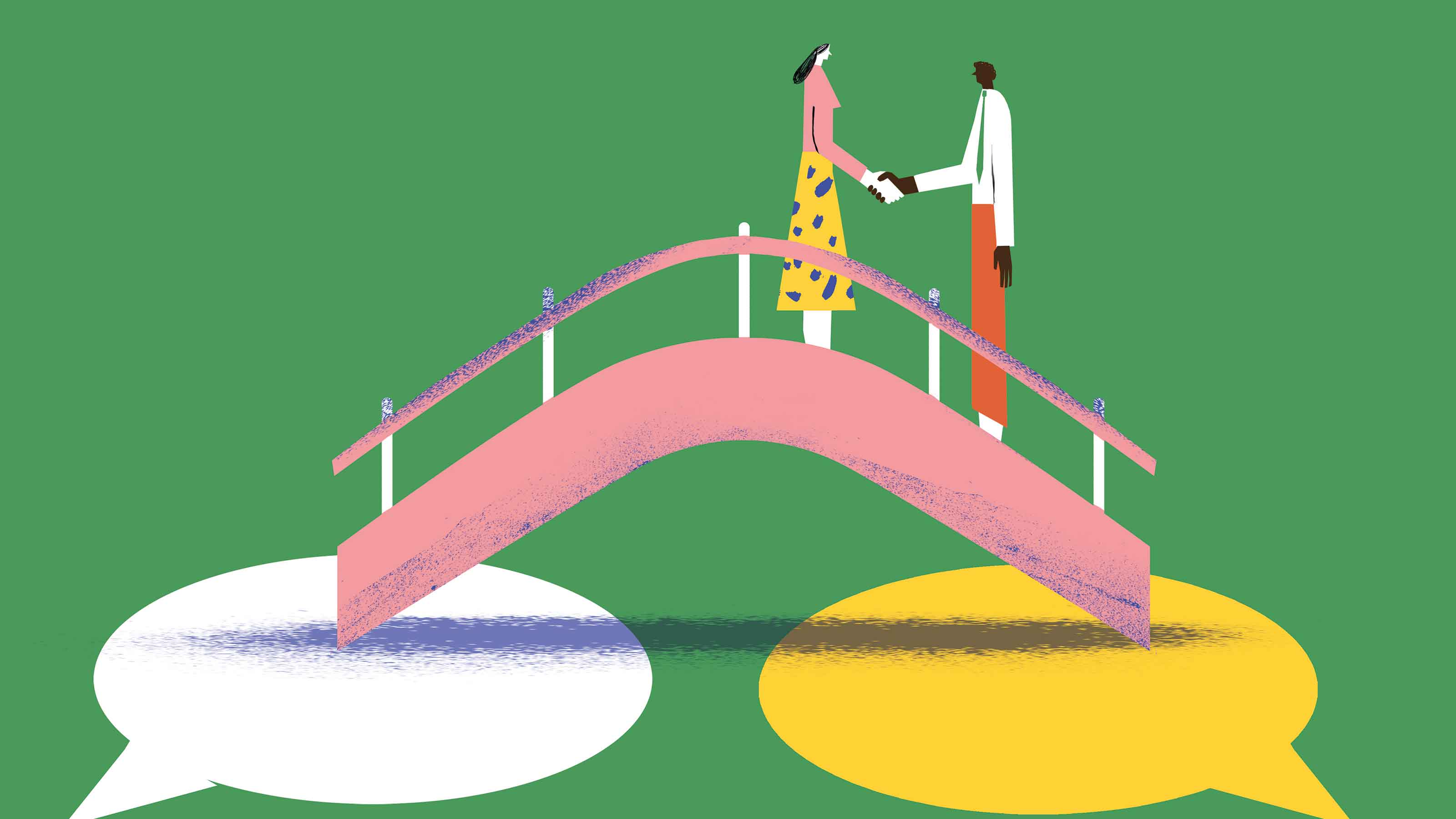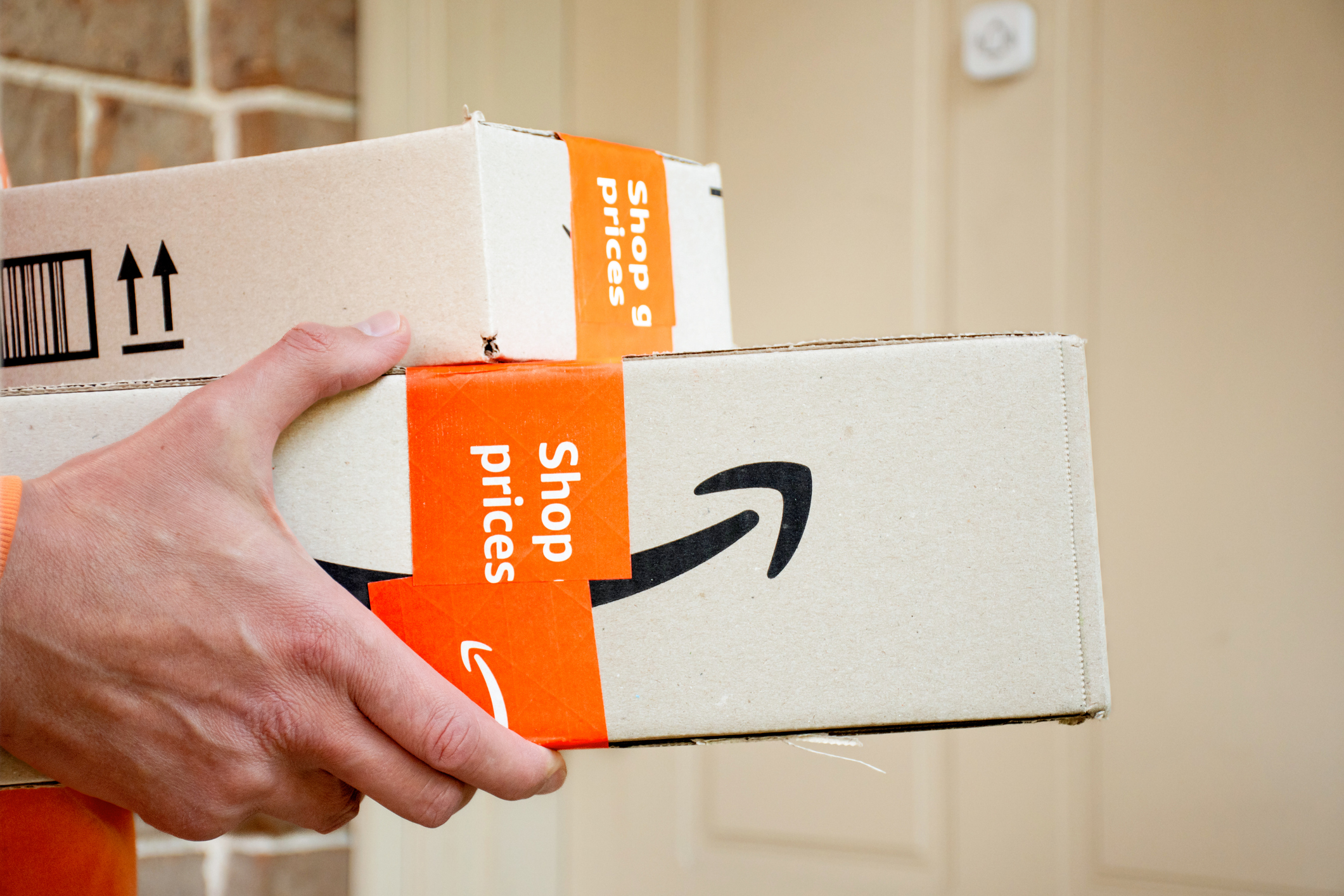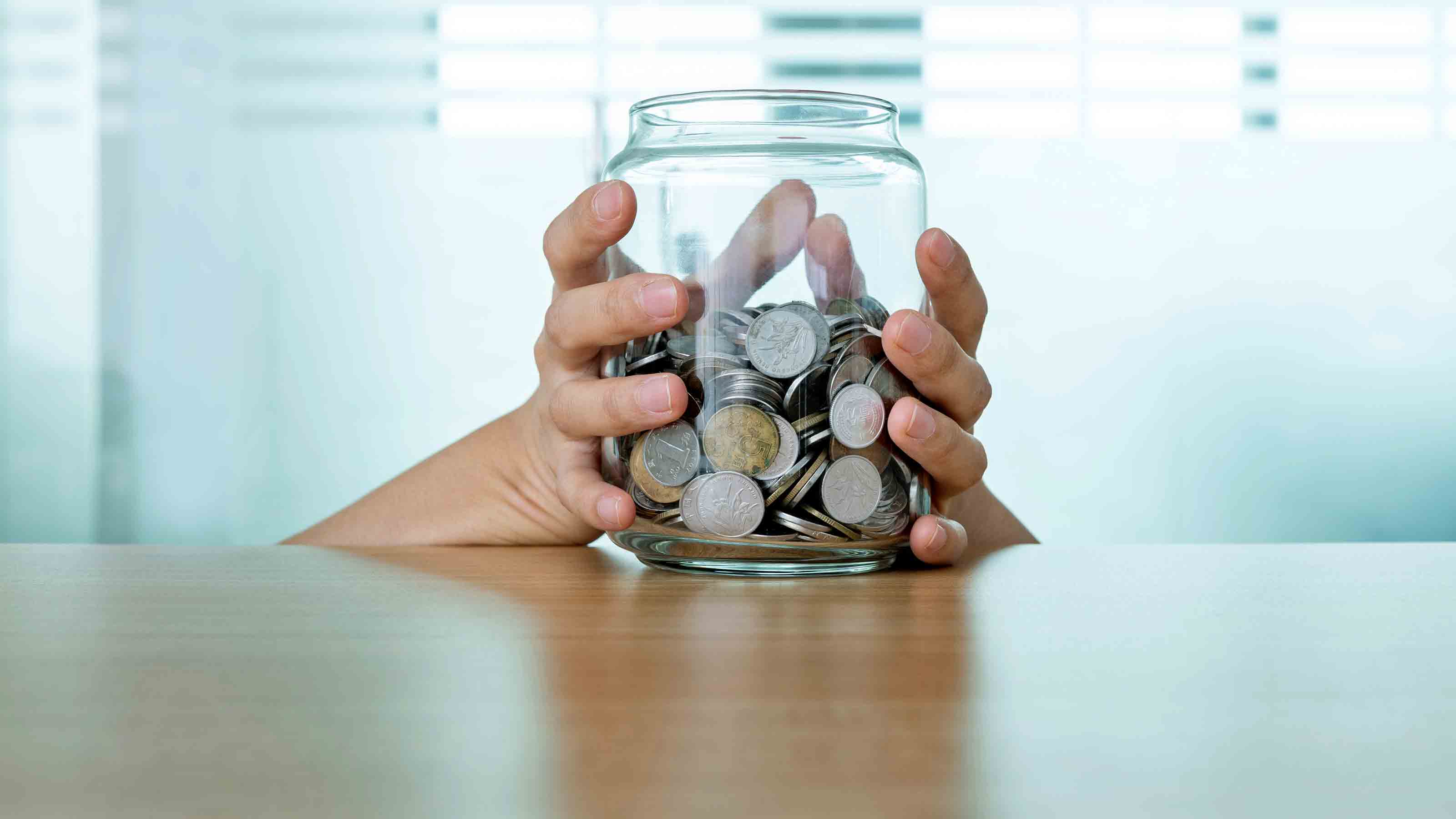Ways to Save Money on Your Lawn and Garden
These nine tips will help you spend less on plants, mulch, fertilizer and water.

If you love your lawn the way most Americans do, there's a good chance you're shelling out a lot of money each year to maintain it. Americans spend an estimated $40 billion annually on lawn care, according to American Green: The Obsessive Quest for the Perfect Lawn. However, there are plenty of ways to keep costs associated with your lawn and garden under control. Here are nine:
Get free or cheap mulch. Many cities, counties and utility companies offer residents free mulch made from recycled leaves or wood from tree trimmings and tree removals if you pick it up. Some will deliver it for a fee.
Get free trees by joining the Arbor Day Foundation. Membership is only $10, and you'll receive ten free trees when you join. Your membership also entitles you to a 33% discount on trees when you buy online from the foundation. Planting shade trees close to your home can reduce air conditioning costs up to 20%, according to the Arbor Day Foundation.

Sign up for Kiplinger’s Free E-Newsletters
Profit and prosper with the best of expert advice on investing, taxes, retirement, personal finance and more - straight to your e-mail.
Profit and prosper with the best of expert advice - straight to your e-mail.
Plant seeds, bulbs or smaller plants. You won't get the instant gratification when you plant seeds or bulbs, but you'll get a lot more for your money. For example, a single daylily in a pot is $9.98 at Lowes.com, but a 5-pack of bulbs is $12.93. You also can save a lot by buying quart-sized plants or smaller gallon sizes. For example, a 1-gallon azalea at HomeDepot.comis $21.98 versus $41.98 for a 3-gallon azalea.
Plant native perennials rather than annuals. You might have to pay a little more for a pack of perennial plants than for annuals, but you'll save over the long run because theperennials will come back year after year. And if you buy species that are native to your area, you'll also save money because they usually require less maintenance and water and fewer pesticides. Find out which plants are native to your area.
Buy bargain plants online. DirectGardening.com has a 1-cent sale that allows you to purchase the first quantity of a plant at the regular price then buy the second quantity for just 1 cent.
Soak plants, don't sprinkle them. You can cut water use by up to 50% if you use a soaker hose rather than a sprinkler, according to natural gardening guides. And that translates to a lower water bill. Plus, it's better to just soak the roots rather than water the entire plant because much of the water will evaporate off the leaves, and what's left on the plant can promote the growth of fungus. The city of Bellevue, Wash., has a comprehensive guide to using drip and soaker irrigation systems.
Use rain barrels. You may be able to cut your water costs a little by installing rain barrels at downspouts to collect water. You can attach a hose to the barrels to water your lawn and garden. Some water departments offer free rain barrels, so check with yours to see if it does. If not, you can find rain barrels at home and garden centers and online (about $100 for a 50-gallon barrel). Or you can make your own using a large plastic trash can or metal drum for a fraction of the cost.
Replace water-thirsty lawns with water-wise landscaping. Establishing any new landscape requires more water in the first year or so. But a water-wise one will require less water from start to maturity -- about 20% to 50% less, with more savings if you do without an irrigation system. Your local government may even pay you to downsize your lawn. For example, theSouthern Nevada Water Authority rebates homeowners $1.50 per square foot of grass removed and replaced with desert landscaping up to 5,000 square feet annually (and $1 per square foot beyond the first 5,000 square feet).
Compost to save money on fertilizer. Americans spend $5.25 billion on fertilizers for their lawns, according to the Environmental Protection Agency. Yet, you can get fertilizer for free by composting leaves, grass clippings, vegetable scraps and other organic waste. See the Eartheasy.com guide to composting to learn more.
Get Kiplinger Today newsletter — free
Profit and prosper with the best of Kiplinger's advice on investing, taxes, retirement, personal finance and much more. Delivered daily. Enter your email in the box and click Sign Me Up.

Award-winning journalist, speaker, family finance expert, and author of Mom and Dad, We Need to Talk.
Cameron Huddleston wrote the daily "Kip Tips" column for Kiplinger.com. She joined Kiplinger in 2001 after graduating from American University with an MA in economic journalism.
-
 6 Stunning Waterfront Homes for Sale Around the US
6 Stunning Waterfront Homes for Sale Around the USFrom private peninsulas to lakes, bayous and beyond, Kiplinger's "Listed" series brings you another selection of dream homes for sale on the waterfront.
By Charlotte Gorbold Published
-
 Six Reasons to Disinherit Someone and How to Do It
Six Reasons to Disinherit Someone and How to Do ItWhether you're navigating a second marriage, dealing with an estranged relative or leaving your assets to charity, there are reasons to disinherit someone. Here's how.
By Donna LeValley Published
-
 Five Ways to Save on Vacation Rental Properties
Five Ways to Save on Vacation Rental PropertiesTravel Use these strategies to pay less for an apartment, condo or house when you travel.
By Cameron Huddleston Last updated
-
 How to Avoid Annoying Hotel Fees: Per Person, Parking and More
How to Avoid Annoying Hotel Fees: Per Person, Parking and MoreTravel Here's how to avoid extra charges and make sure you don't get stuck paying for amenities that you don't use.
By Cameron Huddleston Last updated
-
 How to Appeal an Unexpected Medical Bill
How to Appeal an Unexpected Medical Billhealth insurance You may receive a bill because your insurance company denied a claim—but that doesn’t mean you have to pay it.
By Rivan V. Stinson Published
-
 Amazon Prime Fees Are Rising. Here’s How to Cancel Your Amazon Prime Membership
Amazon Prime Fees Are Rising. Here’s How to Cancel Your Amazon Prime MembershipFeature Amazon Prime will soon cost $139 a year, $180 for those who pay monthly. If you’re a subscriber, maybe it’s time to rethink your relationship. Here’s a step-by-step guide to canceling Prime.
By Bob Niedt Published
-
 How to Haggle for Almost Anything
How to Haggle for Almost AnythingSmart Buying Learning how to haggle is an invaluable skill. These strategies will help you negotiate a better price for just about any product or service.
By Katherine Reynolds Lewis Last updated
-
 Disability Insurance Can Provide COVID Coverage
Disability Insurance Can Provide COVID CoverageCoronavirus and Your Money If you are concerned about long-term complications from COVID-19, consider disability insurance coverage.
By Rivan V. Stinson Published
-
 21 Things You Can't Return to Amazon — Either Online or In-Store
21 Things You Can't Return to Amazon — Either Online or In-StoreDid you know there are things you can't return to Amazon? Before adding these 21 items to your cart, be sure to read Amazon's return policy first.
By Bob Niedt Last updated
-
 How to Avoid a Charity Scam
How to Avoid a Charity Scampersonal finance Scammers never quit, even when you're trying to be altruistic. But you can avoid getting duped if you do your homework.
By Rivan V. Stinson Published